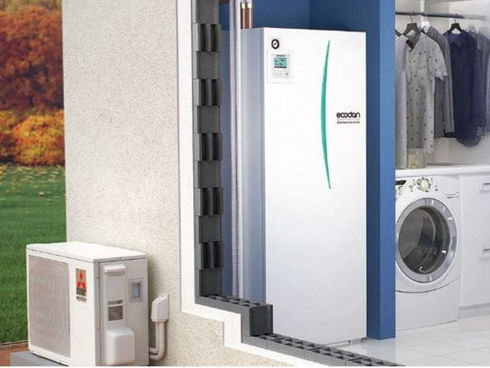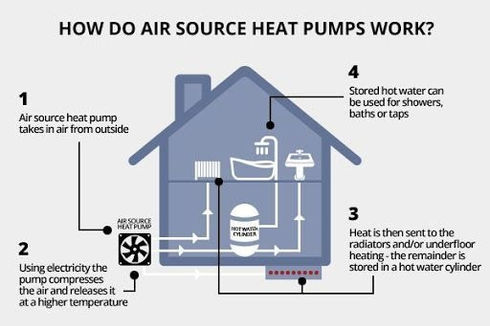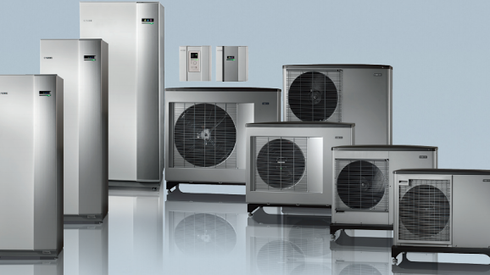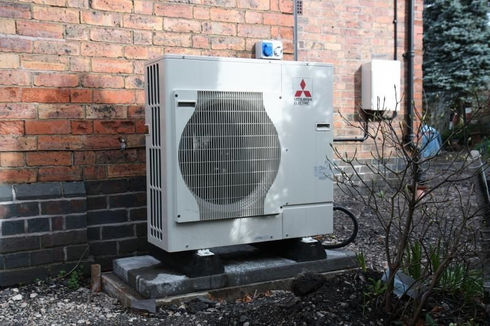Eco Survey & Solutions
Eco Survey & Solutions

Air Source Heat Pumps
Air Source Heat Pumps
Heating From Fresh Air
Heating From Fresh Air

Air source pumps serve as an alternative way to heat your home and could be the ideal solution if you want to generate your own heat and potentially save money on your energy bills.
An air source heat pump is usually placed outdoors at the side or back of a property. It takes heat from the air and boosts it to a higher temperature using a system of compression and expansion of gasses.
The pump needs electricity to run, but it should use less energy than the heat it produces, the rule of thumb is that 1kW of energy from the electricity produces 3kW+ of heating energy.
The process consists of an evaporator, a compressor and a condenser. The ASHP absorbs heat from the outside air into a liquid at a low temperature, then the heat pump compressor increases the temperature of that heat. In the condenser, the hot liquid's heat is transferred to your heating and hot-water circuits. So you can use it to warm up your home.
These take heat from the outside air and feed it into your wet central heating system. As the heat produced is cooler than that from a conventional boiler, you may need to install larger radiators or underfloor heating in your home to make the most of it.


They qualify for the Renewable Heat Incentive (RHI), too. Under the UK government's scheme, you could get money towards renewable heating costs in your home.
Air-to-water heat pumps are excellent wheninstalled with underfloor heating in new-build properties. However most properties can still use an Air Source Heat Pump and traditional radiators providing that the radiators are specified to the correct standard for the room.
The key to any retro fitting is to get the three key elements right (1) Specify the correct pump size for the building heat loss. (2) Ensure the correct domestic hot water cylinder and buffer is sized to the demands of the property not the users and (3) Make sure that the emitters (underfloor heating/traditional radiators) can adequately reach the target temperature for the room design i.e.. Living Room or Dining Room 21 degrees, Kitchen or Hall 18 degrees, Bathroom 22 degrees, bedrooms 18 degrees etc.
